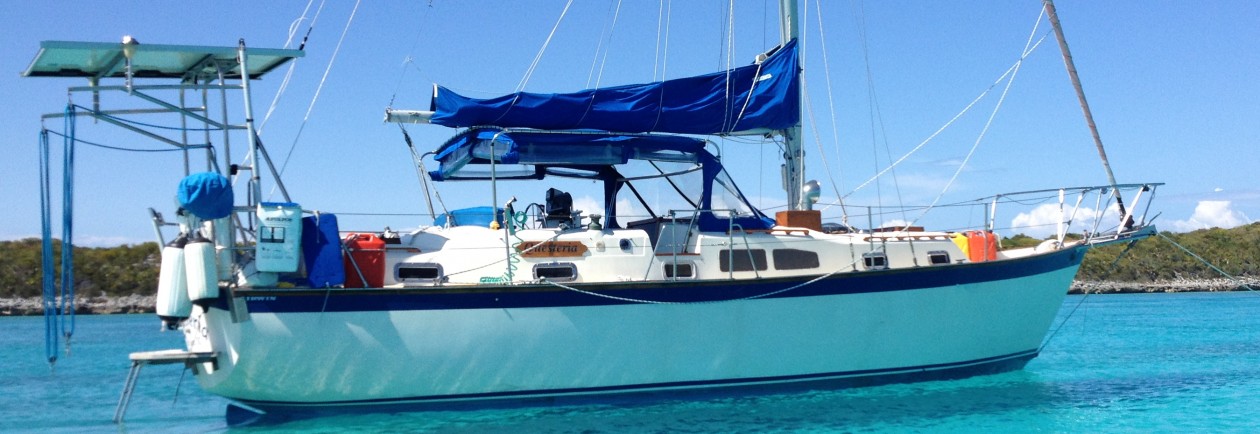When you get to be my age you forget a lot of things. Maybe even before you get to be my age. One of the advantages to having a website/blog is that you can go back and look up things that you wrote about, but have forgotten. A while back I started writing posts about marine weather. The other day I decided to look at weather forecasts and I couldn’t remember some of the things I did before, so I went to the website and looked at my old posts.
I started writing weather posts over three years ago and ended up with eight posts. I can search for “weather” and find all the posts, but I can’t tell what’s in them by reading the title and first few sentences. So, I decided to write a new post which references each one and describes what’s in them. I also went back and updated them.
So here it is…
Weather, Part 1
Part 1 is simply an introduction. I tried to tell the reader what I was planning to write about and why I wanted to write about marine weather.
Weather, Part 2
Part 2 talks about marine weather resources that are available, without getting into details about the resource. These resources include:
- Marine Weather Faxes (Radiofaxes)
- Marine Weather Center (Chris Parker)
- Zone Forecast and Synopsis
- Area Forecast and Discussion
- GRIB Files
- Marine Weather Observations
Weather, Part 3
Part 3 talks about analyzing marine weather maps, or Radiofaxes. It explains how to get barometric pressure, wind direction and wind speed from a Surface Analysis or Surface Forecast map.
When I first wrote this post, I explained how to calculate wind speed by measuring two distances with a digital micrometer and plugging them into a complicated formula. Looking back at the post, I thought it was very overwhelming. Since the time I wrote that post, I developed a calculator that does the complicated formula. This calculator is available on my website. You still need to take two measurements, but the rest is easy – just enter three numbers.
Weather, Part 4
This post talks about getting weather with a single sideband receiver while cruising away from cell phone or internet access.
Weather, Part 5
Part 5 talks about the Marine Weather Center, AKA Chris Parker.
Weather, Part 6
Part 6 talks about getting weather faxes (Radiofaxes) using a single sideband receiver.
Weather, Part 7
This post talks about receiving marine weather forecast and synopsis using email.
Weather, Part 8
This post discusses GRIB files.
In Summary
As you can see, I’ve written a lot about marine weather. It is one of my hobbies. Things are always changing and there’s more I can write about. So, check back occasionally.
